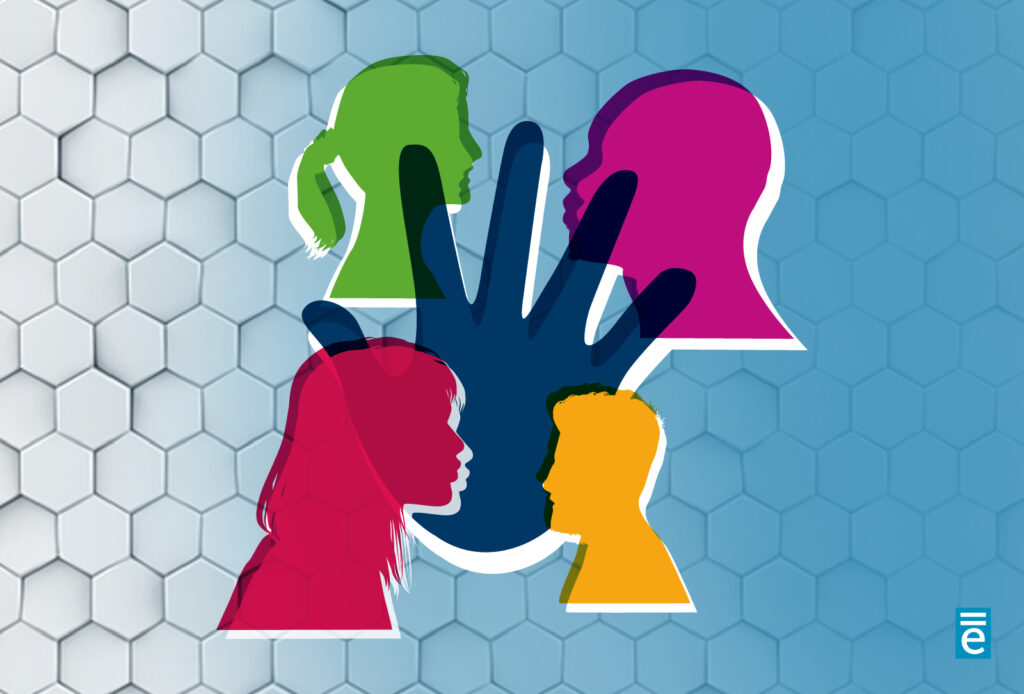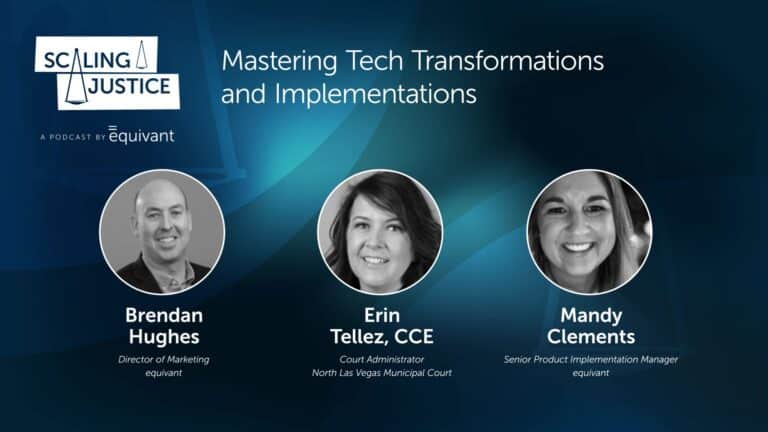JWorks Case Management • An equivant product
Every day, nearly 50,000 youth in the United States are confined because of involvement with the criminal justice system. Two-thirds of these youth are held in the most restrictive facilities. Over a quarter of confined youth haven’t been found guilty or delinquent. The percentage of Black and American Indian youth in detention is disproportionately high.¹
These numbers are going down, but they’re still too high.
Maybe it’s the school-to-prison pipeline fueled by zero-tolerance policies and the criminalization of school disciplinary issues. Maybe it’s the opioid epidemic and rampant substance use disorders that also plague the adult criminal justice system. Maybe it’s family dysfunction or mental illness. Maybe it’s all of the above.
At equivant, we unabashedly believe in alternative interventions for youth that are rehabilitative, not punitive. We’ve worked with policymakers across the country to help funnel more dollars into diversion and community support programs for juvenile offenders, but systemic change is slow.
At the community and justice agency level, we work with clients to use technology to make a real impact on local justice-involved youth. Here are five of the top ways to start using technology to affect change:
- Collect and track ALL the data. Whether you need data for an individual case or you’re collecting community-level numbers for grant applications or proposals to policymakers, having the right data can make a world of difference for justice-involved youth in your community. Even in today’s world of automation, many agencies continue to use rudimentary tools like spreadsheets and hand-written notes to collect and manage at least some of their juvenile-related data. Not only are these practices time-consuming, they’re also highly susceptible to inconsistencies and inaccuracies. Having complete data in one central place is the first move your agency should make toward helping youth in your community.
- Get everyone connected. From law enforcement all the way through the justice system, it’s important for every involved practitioner to understand the history and pathways of the youth they’re serving. Judges, attorneys, case workers, probation officers, mental health providers, educators, and all other involved professionals should have access to the data they need to make the most informed and appropriate decisions affecting youth. And that means connecting or sharing systems in a way that’s readily available to everyone. The days of a prosecutor or judge reading a paper file a few days before the hearing are over – things happen quickly in the lives of youth, particularly at-risk youth, and everyone needs up-to-the-minute information to best serve the individual. Keeping privacy paramount, agencies and organizations can and do successfully collaborate through cooperative and secure data-sharing with the right technology.
- Use screening and assessment tools to inform key decisions. As with adults, using sound evidence-based practice drives positive outcomes for youth. Screening and assessment tools can help build stronger case plans, connect youth with the interventions and programming they need to get on the right path, and balance the individual’s needs with the community’s needs in a more objective, equitable way.
- Use a reminder system. Rather than holding youth pretrial or because of a risk of FTA, use reminders to help them (and their parents or guardians!) make sure they appear as scheduled. Automated notifications are already helping to decrease the number of kids held in detention, and the benefits don’t stop there. Reminder systems can be expanded to include upcoming conditions or obligations, and they are useful for helping keep youth moving in the right direction.
- Use dispute resolution alternatives when possible. Similar to alternative dispute resolution in the adult world, dispute resolution alternatives (DRAs) for youth can help bring just outcomes for perpetrators and their victims without necessarily involving the court system. DRAs often address the root causes of the offense rather than simply determining a punishment, and they can help youth keep their records clean and stay out of detention, all while working to improve the circumstances that led to the offending behavior. While many DRAs are in-person, others are online, and the right technology can help facilitate DRAs no matter the level of face-to-face engagement.
We’re proud to serve at the intersection of justice and technology, and we believe technology is one of the keys to helping courts, attorneys, and other practitioners improve how we best serve justice-involved youth, improve their outcomes, and ultimately reduce recidivism in our communities.
We’re committed to youth programs that focus on intervention rather than detention. Learn how JWorks can help you to serve youth in your community.





